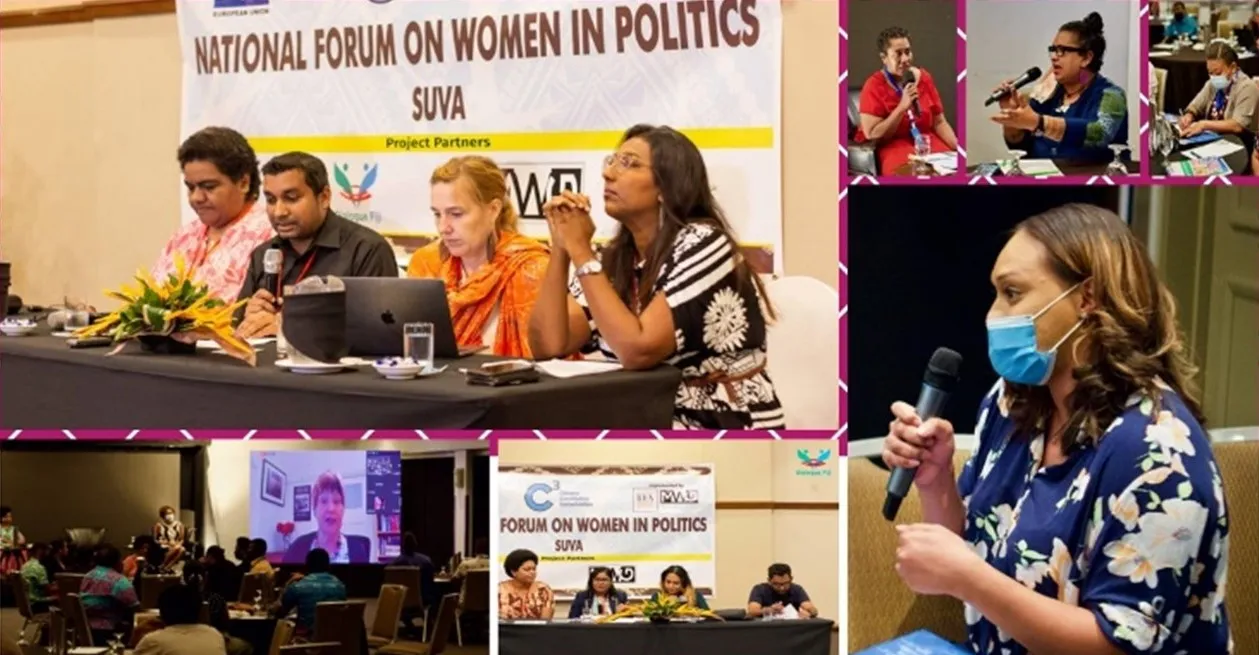
The 2022 Fiji general election, for 55 seats in the Parliament, will take place on 14 December 2022. So far 316 provisional candidates have been named from 8 of the 9 political parties of which 55 are women—17 per cent of the total number. The figure is likely to increase with more provisional names expected to be announced soon. A political party may nominate up to 55 candidates by midday of 14 November 2022.
In the 2018 Fiji general election, for 51 seats in the Parliament, which took place on 14 November, 235 candidates from 6 political parties stood for the elections. Of the total, 56 of the candidates were women—24 per cent of the total number. This was an increase in the number of women standing compared to the 2014 general elections. The 2018 election brought a record number of women into parliament, where women held 10 of the 51 seats (20 per cent). Therefore, there was approximately 4 per cent attrition rate when compared to the number of candidates that ran.
In 2014, 44 women stood out of a total number of 248 candidates (18 per cent); 8 women were subsequently elected to Parliament, meaning that 16 per cent of seats were held by women MPS in the 2014 – 2018 term of Parliament.
According to the SDG Indicator Dashboard, the proportion of seats held by women in the National Parliament of the total number of seats stood at 25.6 per cent for the global average. Fiji is trailing behind the global average with 21.6 per cent of women in the National Parliament as of 2021.
The nine political parties running for elections can take decisive actions to help Fiji reach the 30 per cent critical mass by giving opportunities for more women to run for the elections. Since Fiji does not have gender quotas nor reserved seats, the onus is upon the political parties to nominate more women so that Sustainable Development Goal 5’s Target 5.5 which is “Ensure women’s full and effective participation and equal opportunities for leadership at all levels of decision-making in political, economic and public life” is achieved.



